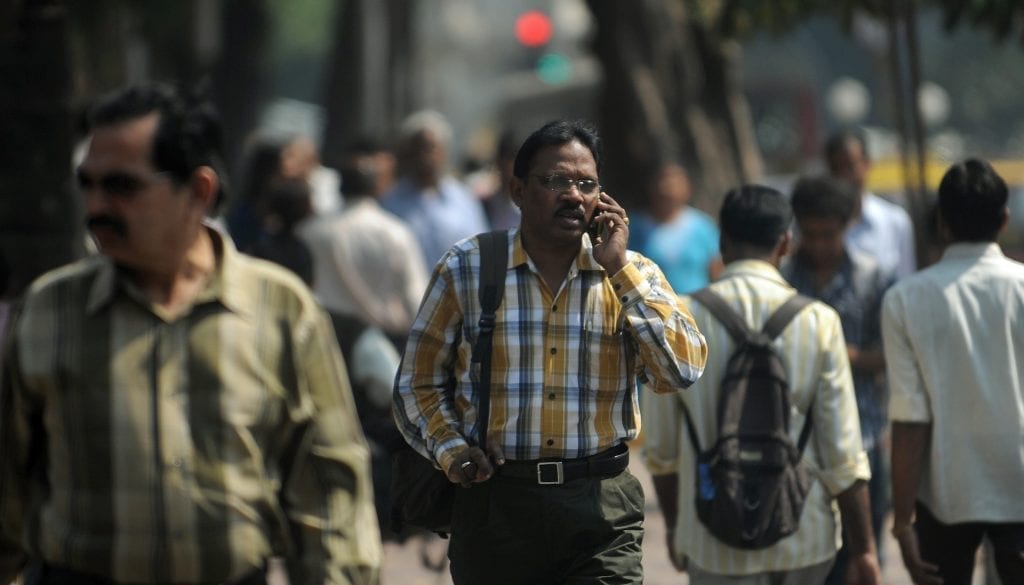
We know that mmWave 5G spectrum delivers the fastest download data speed despite some drawbacks; these signals do not travel far, nor are they able to easily penetrate buildings. But what they can do is create energy that one day could replace batteries and other sources of power.
Researchers at Georgia Tech have created a concept wireless power grid that runs on 5G mmWave frequencies. This is done via the use of a sticker-type device that captures the electromagnetic energy created by 5G base stations. Currently, this energy is being used to transfer data.
Manos Tentzeris, Ph.D. is a professor of flexible electronics at Georgia Tech and he led the schools’ research team which created a specialized lens to capture the power generated by mmWave 5G signals. The Rotman lens “rectenna” is a small device that collects the energy sent out by 5G wireless networks. But one thing that is characteristic to 5G signals makes it perfect for powering an electricity grid and that is the ability to focus power.
Georgia Tech alum Jimmy Hester is serving as a senior lab advisor to the group working on this development. Hester says that 5G base stations operate at high frequencies allowing them to “focalize power.” In other words, “What we’re talking about is more of an intentional energization of the devices, themselves, by focalizing the beam towards the device in order to turn it on and power it.”
The key to this whole project is the Rotman lens, a flexible lens that helps collects energy from multiple directions. It is the same technology used in military surveillance systems that can identify targets in various directions without having to move the antennas. Aline Eid, a Ph.D. student and senior researcher says, “The same way the lens in your camera collects all of the light waves from any direction and combines it to one point…to create an image, that’s exactly how this lens works. The lens is like a tarantula … because a tarantula has six eyes, and our system can also look in six different directions.”
With the Rotman lens, the field of view for the energy collecting “sticker” device increases from a 20-degree “pencil beam” to 120 degrees. This makes it easier to collect mmWave energy in the 28GHz band. Eid states that if you placed a sticker device on a drone, you would be able to collect energy from 5G base stations all over a city.
Still, this system is in its early days and right now the rectenna stickers can collect only 6 microwatts of energy, enough to power up small IoT devices from a range of 180 meters (590.55 feet) away. In lab tests, the device has been able to collect 21 times that amount.
Tentzeris says that his team is looking for funding and is especially interested in working with wireless carriers. This way the wireless providers can place the stickers throughout cities at the same time that they’re building out their 5G networks. Manos adds, “In the beginning of the 2000s, companies moved from voice to data. Now, using this technology, they can add power to data/communication as well.”
Looking at the future, the rectenna sticker could end up embedded inside a wearable or stitched into clothing. As far as the financial aspects of producing the stickers is concerned, Tentzeris states that each unit costs only a few cents which means that money might not prevent this from becoming a legitimate method for delivering power.
The Georgia Tech professor says, “Scalability was very important, you’re talking about billions of devices. You could have a great prototype working in the lab, but when somebody asks, ‘Can everybody use it?’ you need to be able to say yes.”
Perhaps someday in the future, 5G signals will provide your phone with the power it needs to run all day-every day in addition to the connectivity these signals deliver.

